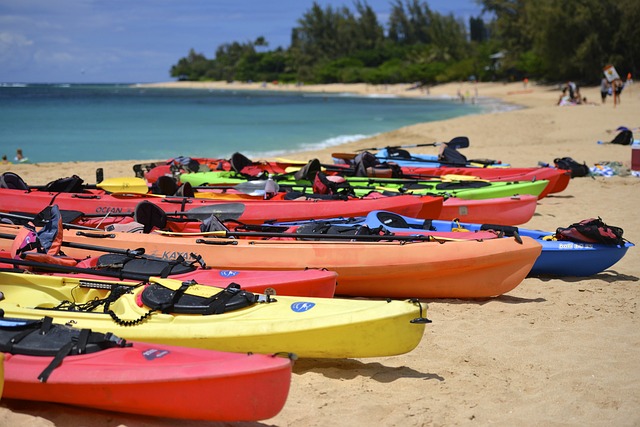River corridors, vital for diverse wildlife and essential services like fresh water and shelter, are also popular fishing spots. These waterways facilitate gene flow, regulate water flows, filter pollutants, and support local economies. However, human activities pose significant threats, necessitating sustainable management practices such as implementing eco-friendly fishing methods, designating recreational areas, raising ecological awareness, and fostering collaboration between conservationists, communities, and governments. Protecting these corridors is crucial for maintaining both wildlife habitats and popular fishing spots while balancing human needs.
“Explore the intricate relationship between wildlife habitats and river corridors, vital ecosystems that support an array of species. This article delves into the unique role rivers play in sustaining diverse habitats, highlighting their connection with popular fishing spots. We examine conservation challenges and innovative strategies to protect these precious environments. By understanding the interplay between rivers and wildlife, we can promote sustainable practices, ensuring the preservation of aquatic life and their habitats for future generations.”
- Understanding River Corridors: Vital Ecosystems for Wildlife
- The Role of Rivers in Sustaining Diverse Habitats
- Uncovering the Connection between Wildlife and Popular Fishing Spots
- Conserving River Corridors: Challenges and Strategies
- Promoting Sustainable Practices to Protect Aquatic Life and Their Habitats
Understanding River Corridors: Vital Ecosystems for Wildlife
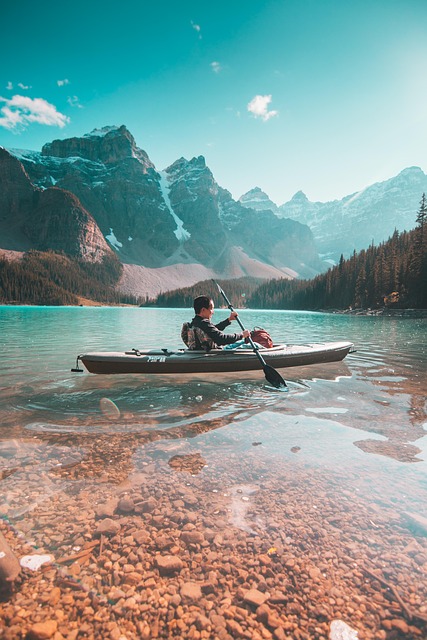
River corridors are vital ecosystems that support a diverse array of wildlife, making them essential for conservation efforts. These waterways serve as lifelines for many species, providing fresh water, shelter, and abundant food sources. The interconnectedness of river systems allows for the movement of animals up and downstream, facilitating gene flow and ensuring the long-term survival of various flora and fauna.
For nature enthusiasts and anglers alike, popular fishing spots often thrive in these corridors. Rivers attract a wide range of fish species, making them prime locations for recreational fishing. Beyond the benefits to anglers, healthy river corridors also contribute to overall ecosystem balance by regulating water flows, filtering pollutants, and providing critical habitats for numerous terrestrial and aquatic creatures.
The Role of Rivers in Sustaining Diverse Habitats
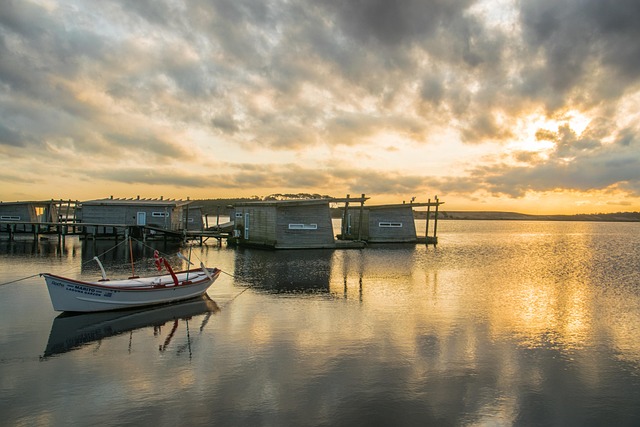
Rivers play a pivotal role in sustaining diverse habitats and supporting an array of flora and fauna. These water bodies serve as lifelines, providing essential resources and creating dynamic ecosystems. Along river corridors, various species find their homes, from aquatic creatures like fish and mollusks to terrestrial animals that rely on the river’s proximity for food and shelter. The flowing waters facilitate nutrient transport, fostering rich vegetation growth along the riverbanks, which in turn attracts a multitude of wildlife.
Moreover, rivers often become popular fishing spots, drawing both recreational anglers and commercial fishermen. These activities, while contributing to local economies, must be managed sustainably to avoid habitat degradation. By implementing conservation measures and protecting critical riverine areas, we can ensure that these vital habitats continue to thrive, benefiting not only the natural world but also human communities that depend on healthy rivers for their well-being.
Uncovering the Connection between Wildlife and Popular Fishing Spots
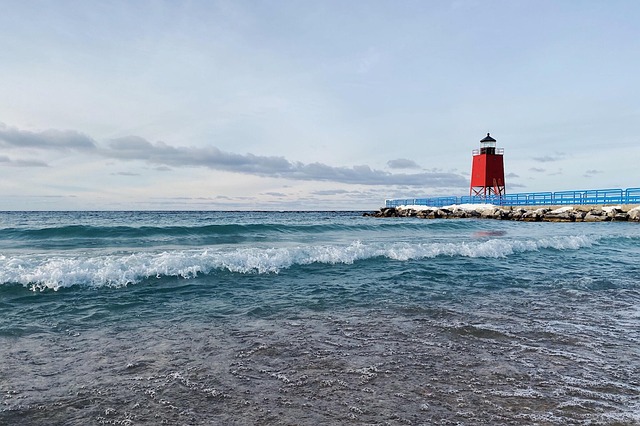
Wildlife habitats along river corridors are often closely intertwined with popular fishing spots, revealing a fascinating connection between these two seemingly distinct elements. Rivers serve as vital lifelines for numerous species, providing them with food, shelter, and breeding grounds. As a result, these waterways become hotspots for biodiversity, attracting both wildlife enthusiasts and anglers alike.
Fishing communities have long recognized the value of healthy river ecosystems for maintaining sustainable fish populations. The presence of diverse plant life along riverbanks offers crucial habitats for aquatic creatures, from small insects to large mammals. This, in turn, supports a balanced ecosystem where fish find refuge and an abundance of prey, making these areas highly desirable for anglers seeking a memorable catch. Understanding this relationship underscores the importance of conservation efforts to protect both wildlife habitats and popular fishing spots.
Conserving River Corridors: Challenges and Strategies
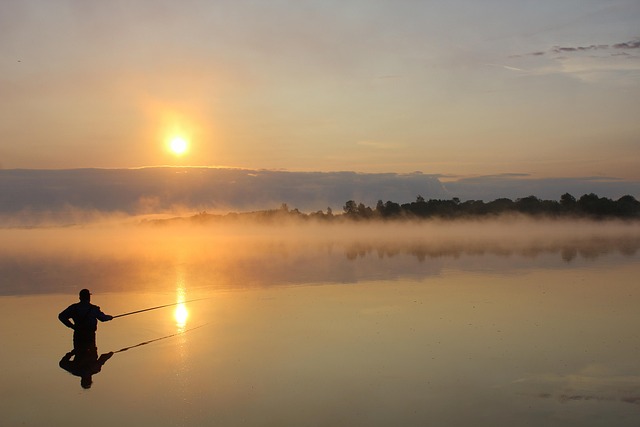
Conserving river corridors is a complex task due to various human activities and development pressures. These vital ecosystems, often overlooked, play a crucial role in maintaining biodiversity and providing essential services. River corridors are not just scenic landscapes; they serve as lifelines for countless species, offering habitats and migration routes. Protecting these areas is a delicate balance between preserving nature and catering to human needs.
One of the challenges is managing access and use while minimizing disruption. Popular fishing spots, for instance, attract enthusiasts but also pose risks. Strategies include implementing sustainable fishing practices, designating specific areas for recreational activities, and raising awareness among users about the ecological significance of these corridors. Collaboration between conservationists, local communities, and government bodies is essential to develop long-term, eco-friendly solutions that safeguard these delicate habitats and ensure their resilience for future generations.
Promoting Sustainable Practices to Protect Aquatic Life and Their Habitats
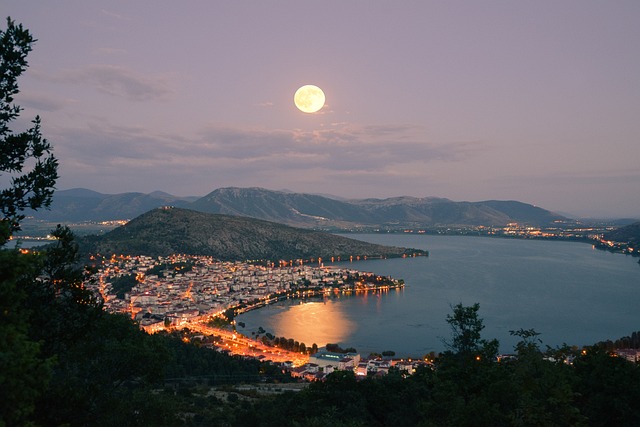
River corridors, often teeming with diverse wildlife and popular fishing spots, require sustainable practices to safeguard their delicate habitats. As human activities along waterways increase, from construction to pollution, it becomes imperative to prioritize environmental conservation. Implementing measures such as reducing chemical runoff from farms and industrial sites can significantly improve water quality, ensuring a healthy environment for aquatic species.
Moreover, establishing protected areas and wildlife corridors connects fragmented habitats, allowing species to migrate and thrive. These strategies not only promote biodiversity but also maintain the ecological balance essential for the long-term health of popular fishing spots and the rivers they depend on.
